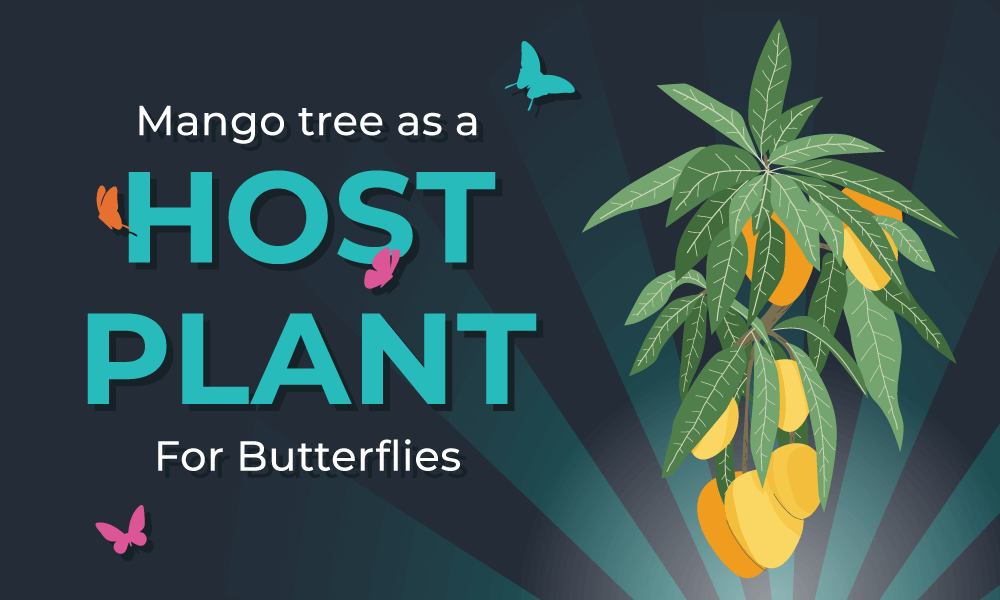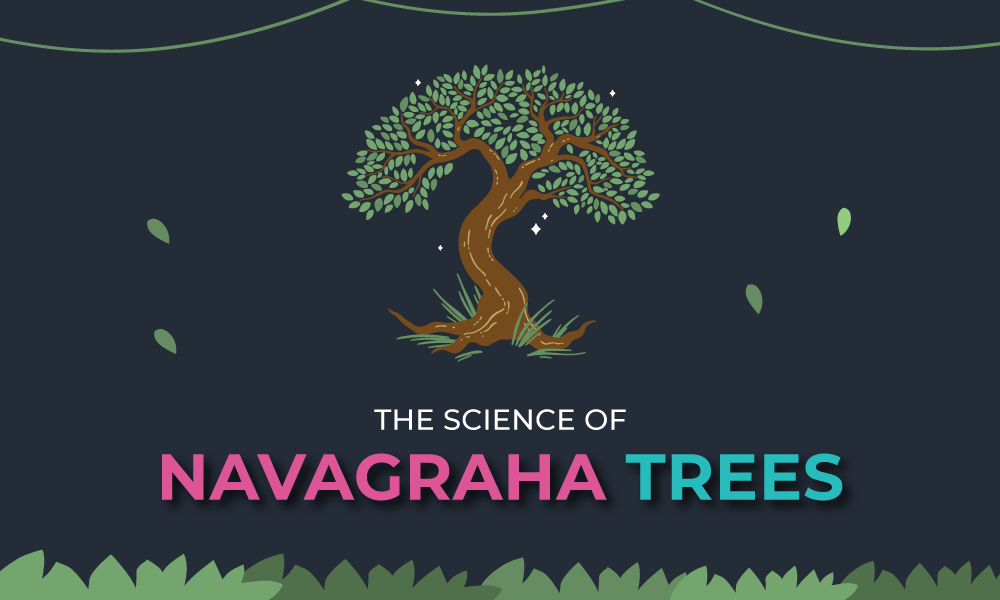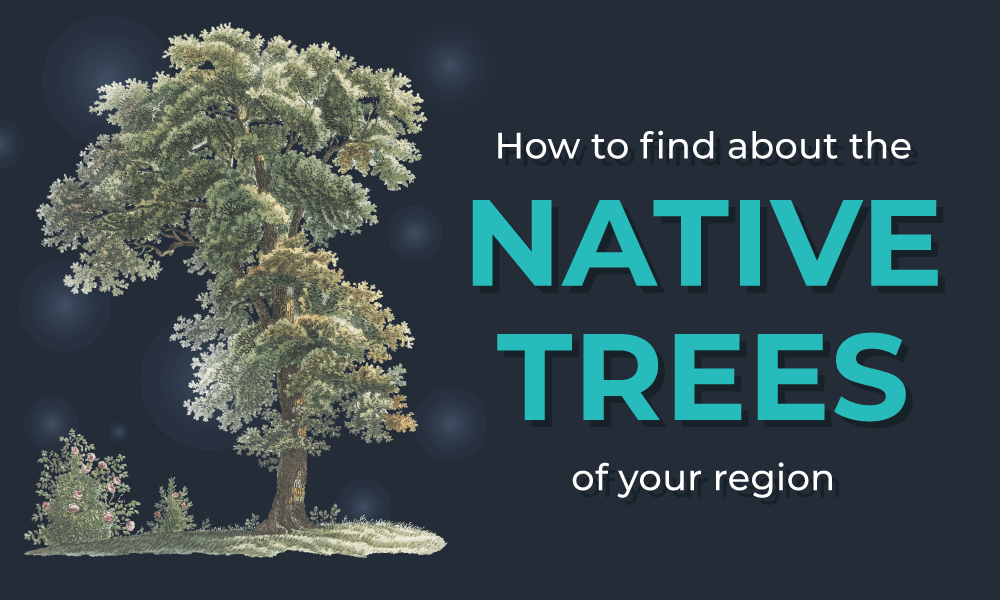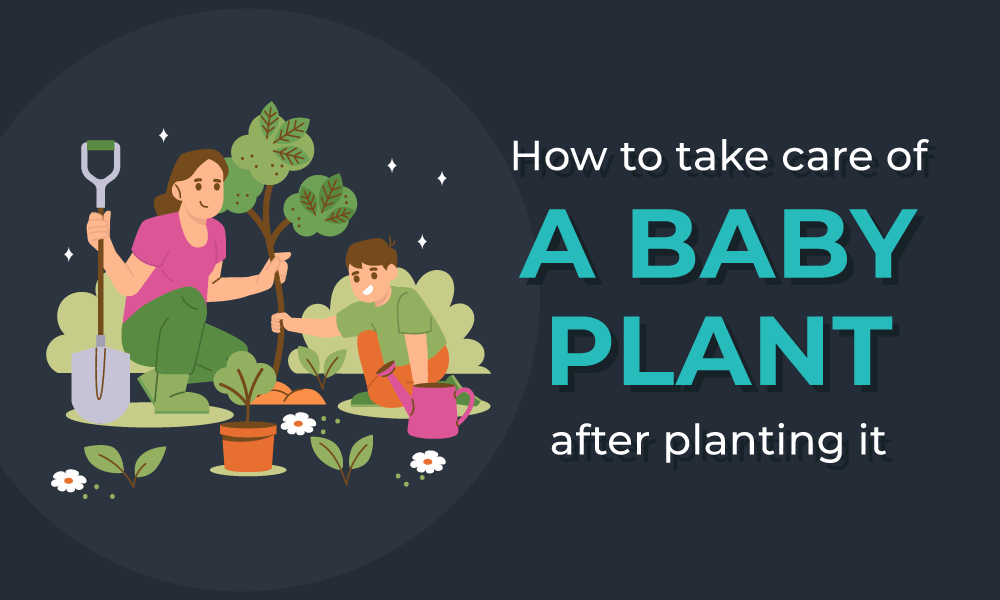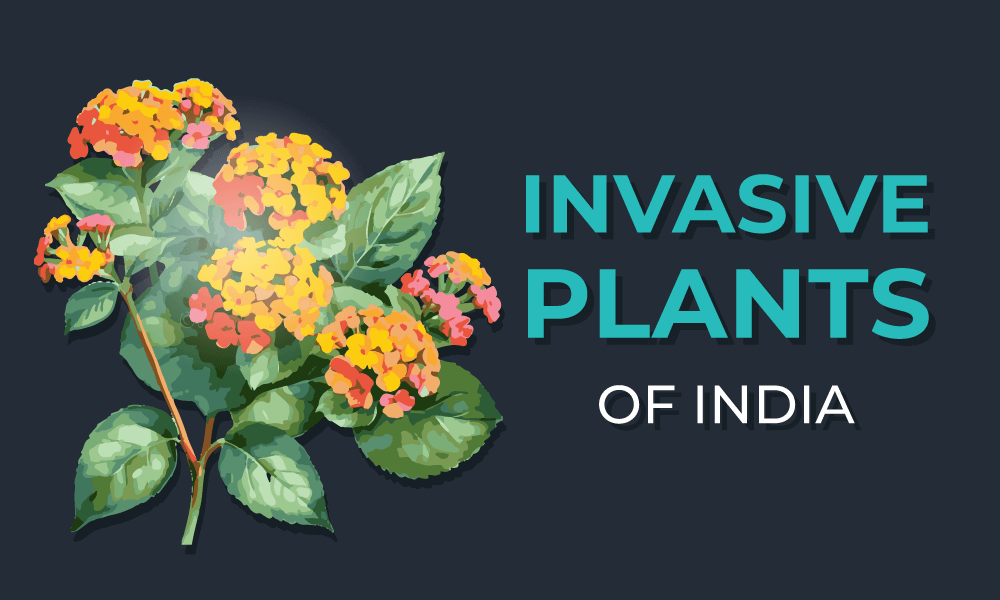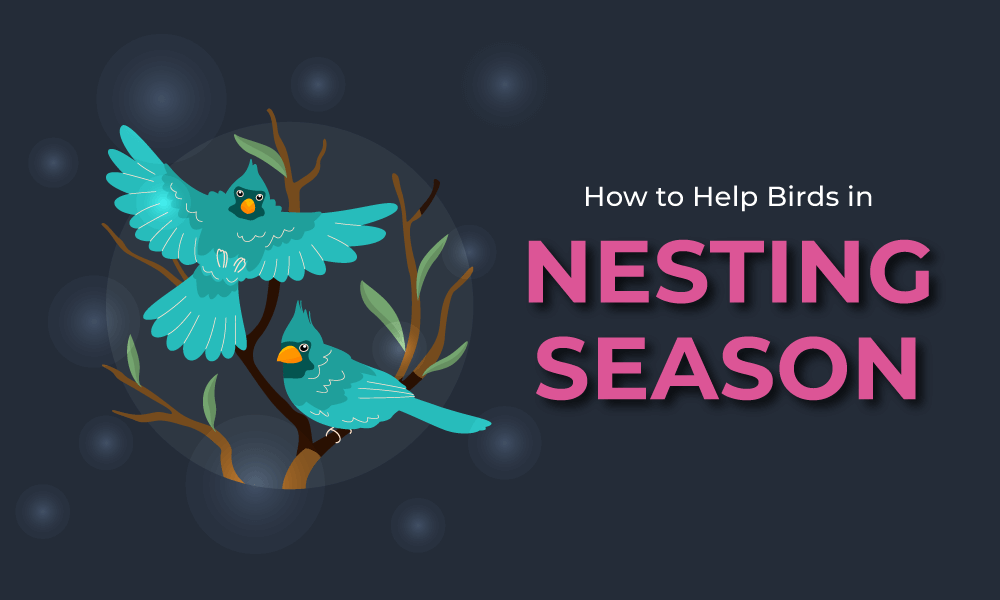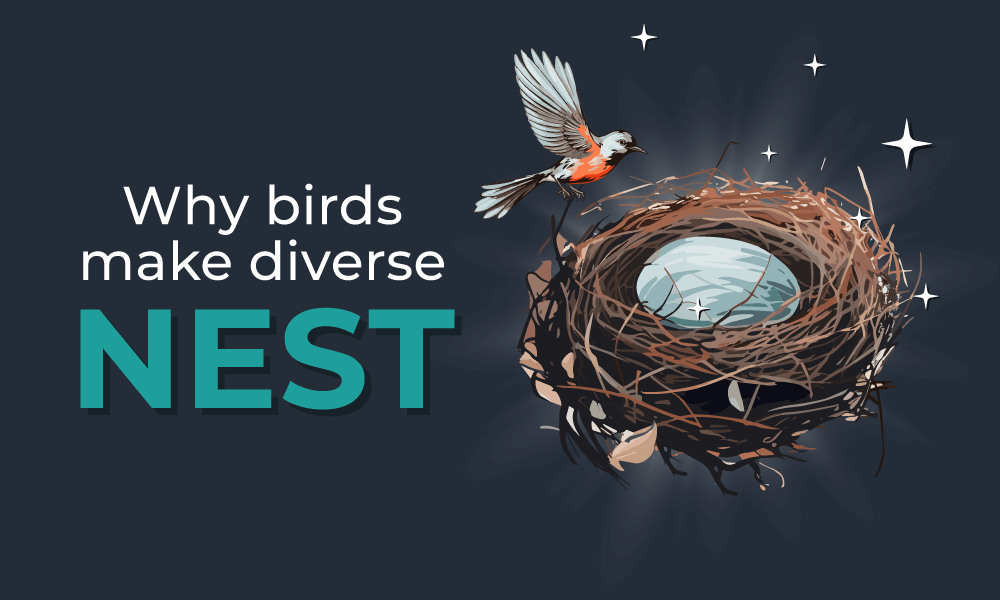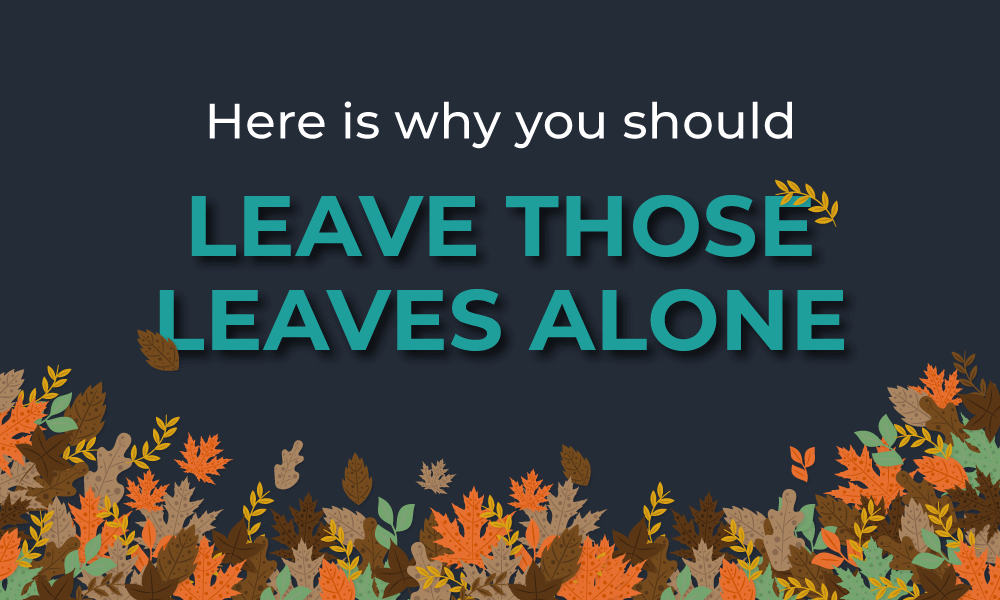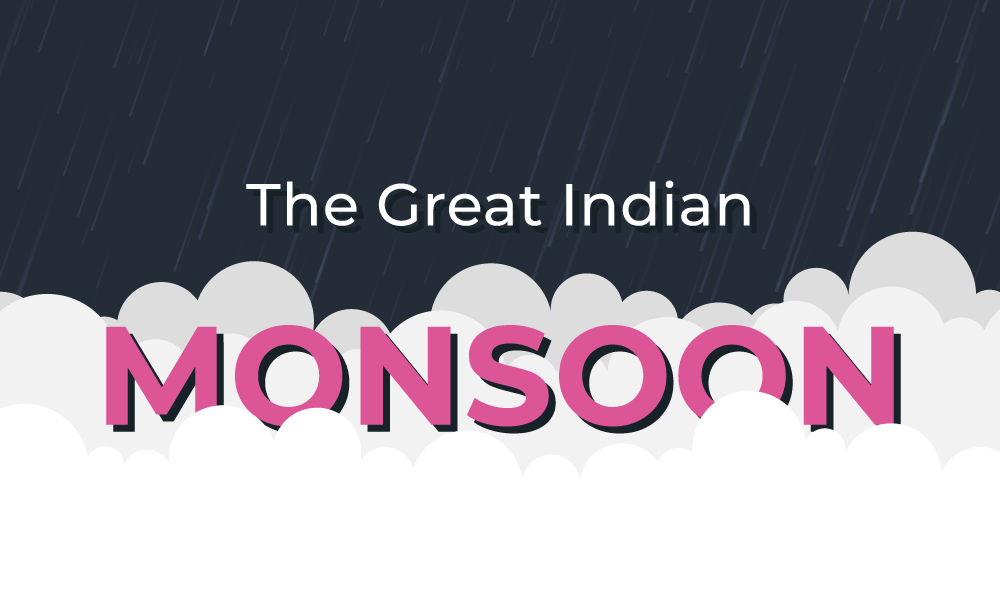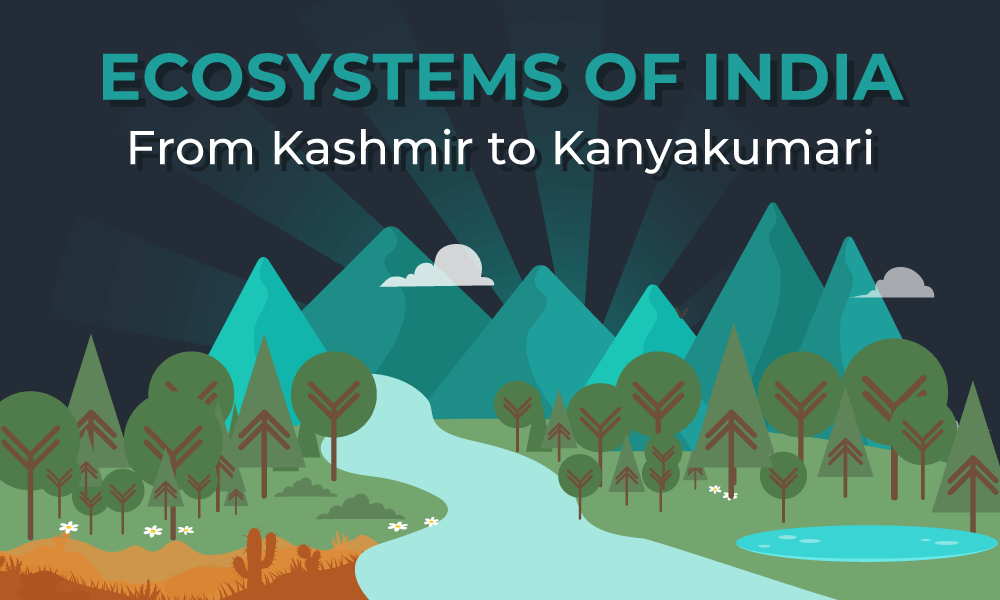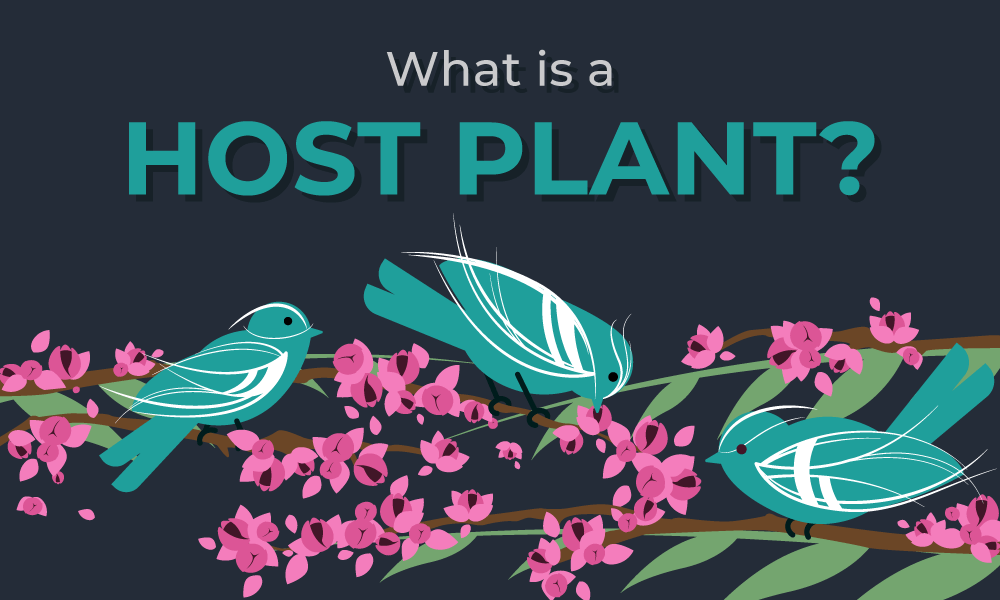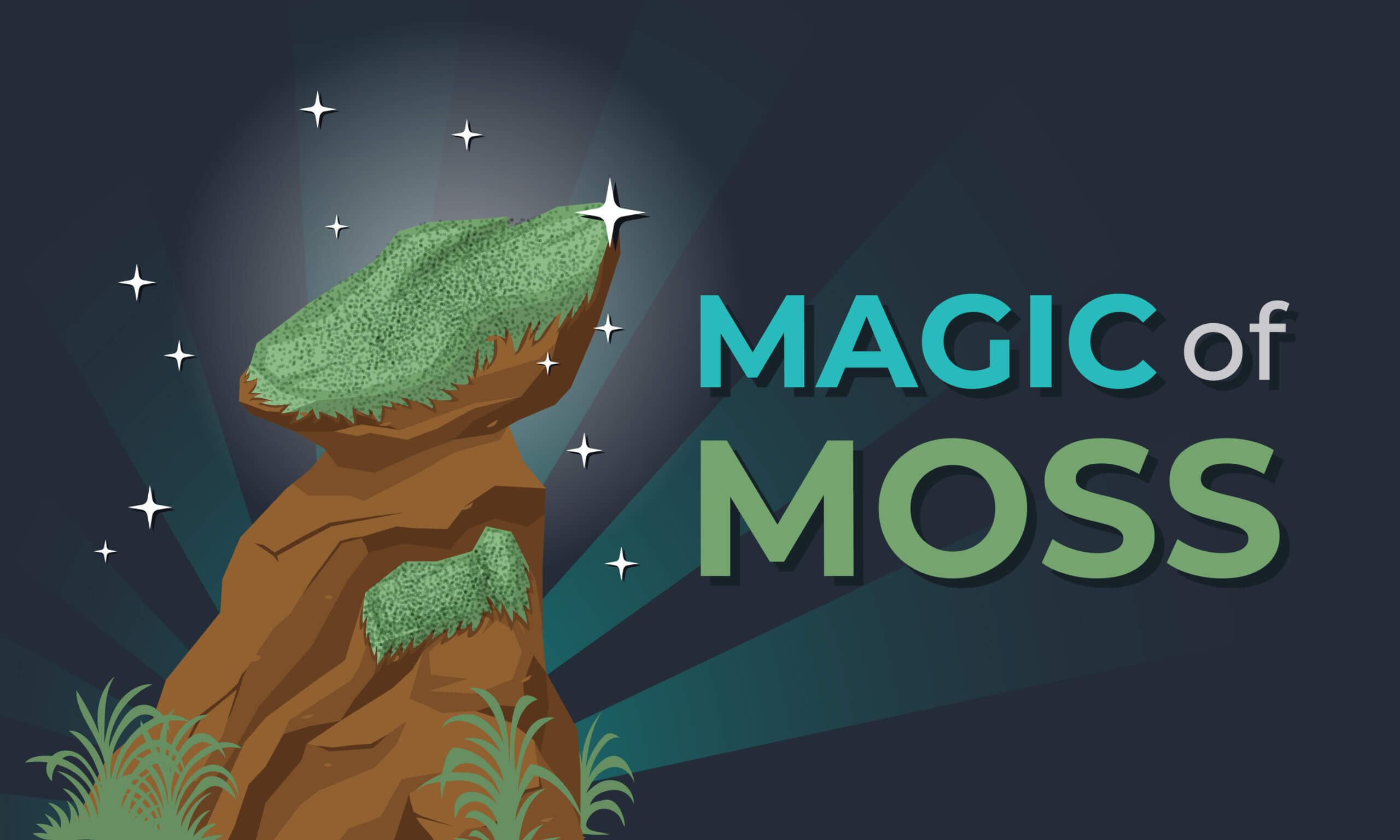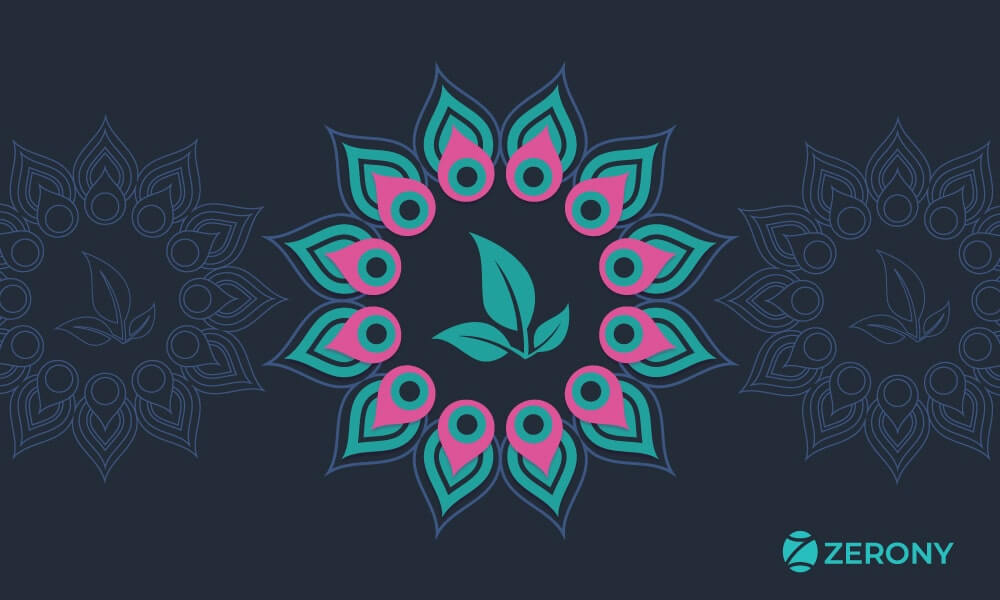In the summer we all love to eat mangoes, but do you know that butterflies also love mangoes?
Yes, you read it right! There are many butterflies and their life depends on our beloved mango trees. But before getting into that, first let’s know a bit about the mango tree.
100-year-old mango tree.
I bet we all know about The Mango tree, these trees are evergreen and can grow quite tall, reaching heights of 30 to 100 feet (9 to 30 meters) with a spread of around 30 feet (9 meters) for older, mature trees.
Mango trees thrive in warm climates. They require well-draining soil, plenty of sunlight, and regular watering, especially during the flowering and fruiting seasons.
Mango trees typically live well past 100 years and can produce fruit until the late stages of their life cycle. Mango trees planted from seeds will take roughly 8 years to produce fruit, while mango trees planted from saplings will take up to 5 years to produce mangoes.
Mango trees are pollinated by wind and a variety of insects like wasps, Flies, Stingless bees, Ants, Butterflies, Beetles, and Bees.
Many birds nest in mango trees like Weaver birds, Kingfishers, Mynas, Cuckoos, and Black-throated mango hummingbirds.
1. Anthene emolus – Common Ciliate Blue
Location: Commonly found throughout whole India.
Help in pollination: Mango, Amaltas, Ashok and Litchi trees.
Best time to see them: September – November




2. Cheritra freja – Common Imperial
Location: Northeast India, south India.
Help in pollination: Camphor tree, Cinnamomum macrocarpum, Dalchini tree, Rugmini tree
Best time to see them: September – November

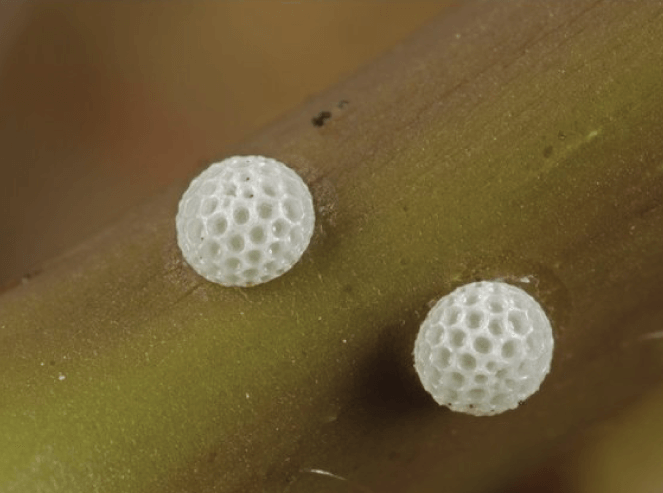


3. Horaga onyx – Common Onyx
Location: Himalayan region and Western ghats
Help in pollination: Mango tree, Masuri berry (Coriaria nepalensis)
Best time to see them: May – June and October

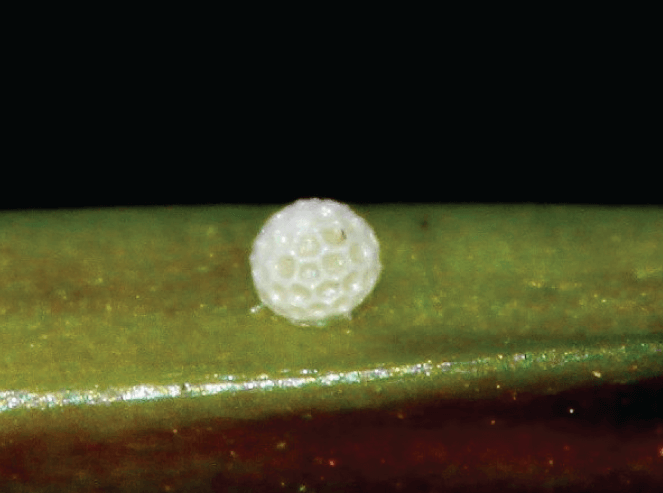
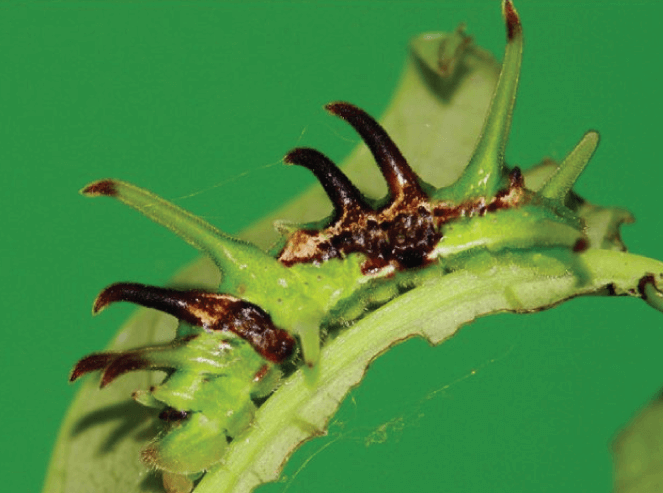

4. Rapala manea – Slate Flash
Location: Commonly found throughout whole India.
Help in pollination: Madhumalti, Acacia caesia, Ashoka tree
Best time to see them: September – November

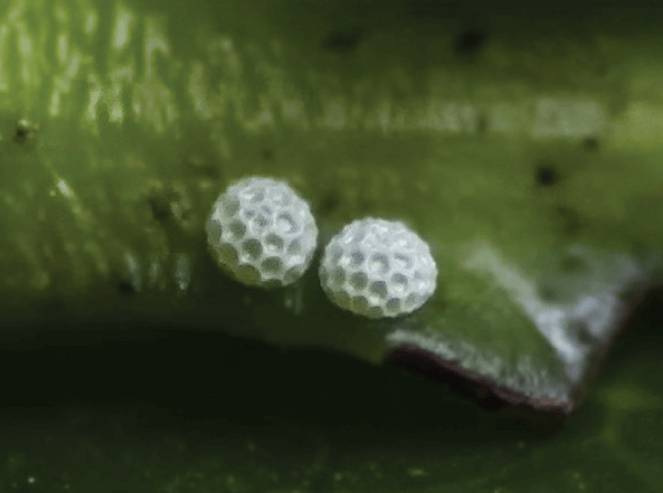

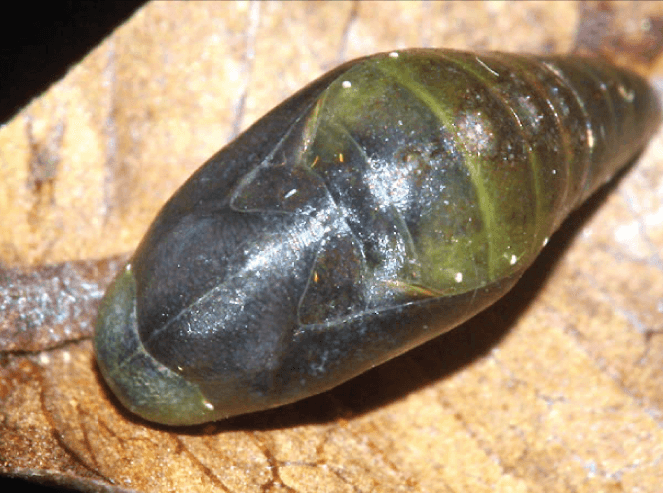
5. Rathinda amor – Monkey Puzzle
Location: East India and south India.
Help in pollination: Mango tree, Meiogyne pannosa, Calophyllum, Hopea, Loranthus
Best time to see them: September – November



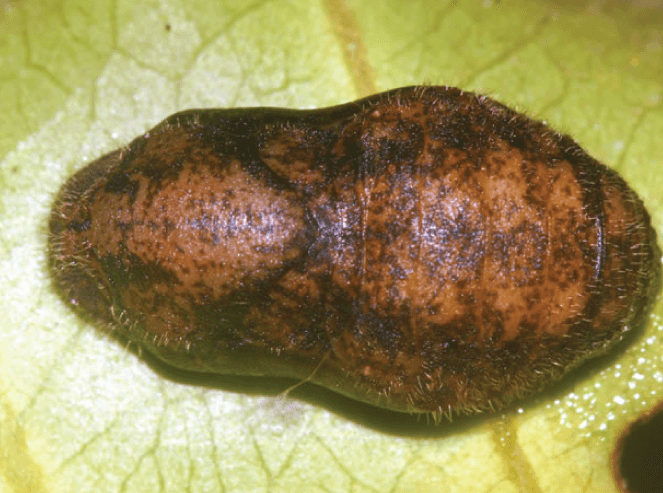
6. Euthalia aconthea – Common Baron
Location: Commonly found throughout whole India.
Help in pollination: Cashew tree, Mango, Shahtoot (Mulberries), Bryonia, Scurrula parasitica, Streblus asper, Rose.
Best time to see them: September – October


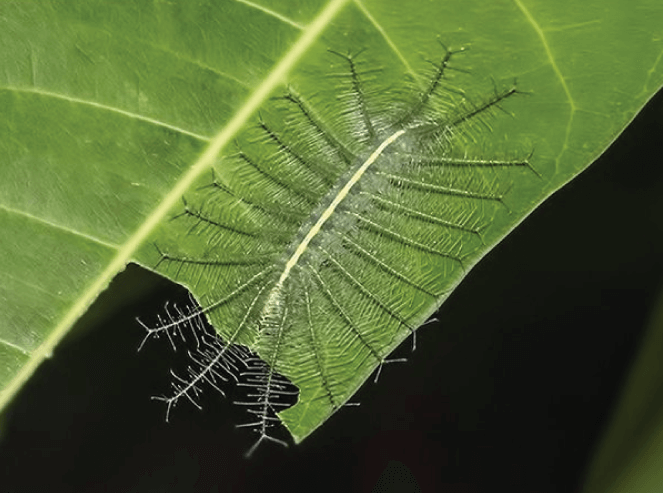

7. Euthalia phemius – White-edged Blue Baron
Location: Northeast India.
Help in pollination: Mango and Litchi tree.
Best time to see them: June – July and November.


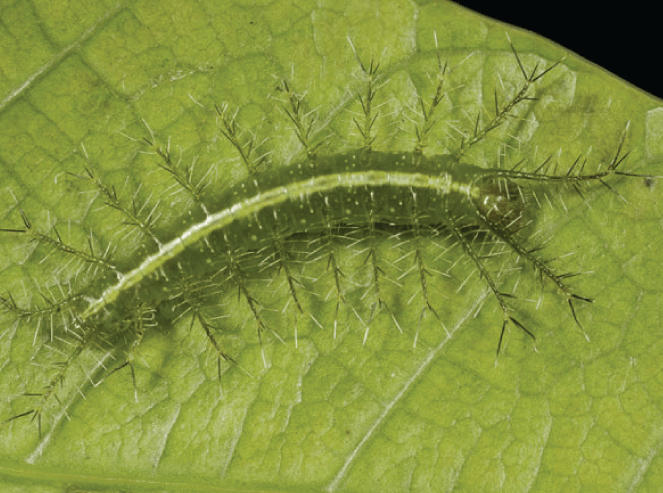

8. Symphaedra nais – Baronet
Location: Commonly found throughout whole India.
Help in pollination: Mango tree, Oak tree, Sal tree, Tendu (Ebony), Phalsa (Grewia asiatica)
Best time to see them: September – October

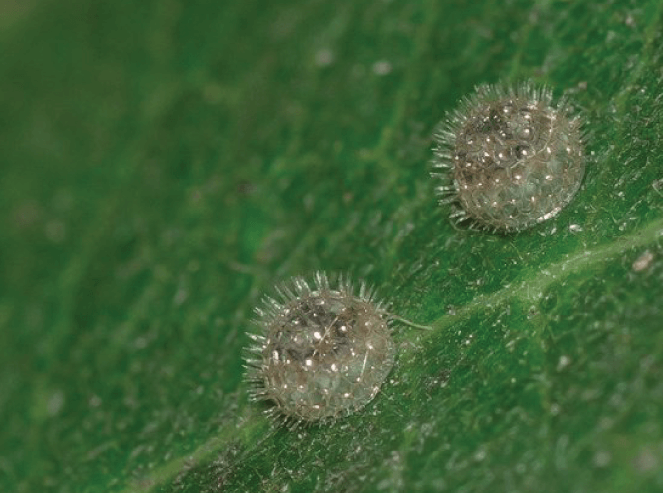


9. Delias eucharis – Indian Jezebel
Location: commonly found throughout whole India.
Help in pollination: Palash tree (Butea monosperma), Dendrophthoe falcata, Loranthus cordifolius, Rubbery Mango Mistletoe, Taxillus vestitus, Musk Mallow or Muskdaana, Kanak-champa, Viscum album.
Best time to see them: September – October




10. Junonia atlites – Grey Pansy
Location: commonly found throughout whole India.
Help in pollination: Barleria, Hygrophila auriculata
Best time to see them: September – October




Read more: What is a Host Plant?
If you have some suggestion on which we should write or you have any query and something else, you can contact us. Please do share this blog with your family, friends, and others so they can also know about Mango tree as a host plant
Data source: www.ifoundbutterflies.org
this websites have all the information we need to make our world more butterfly-friendly.

